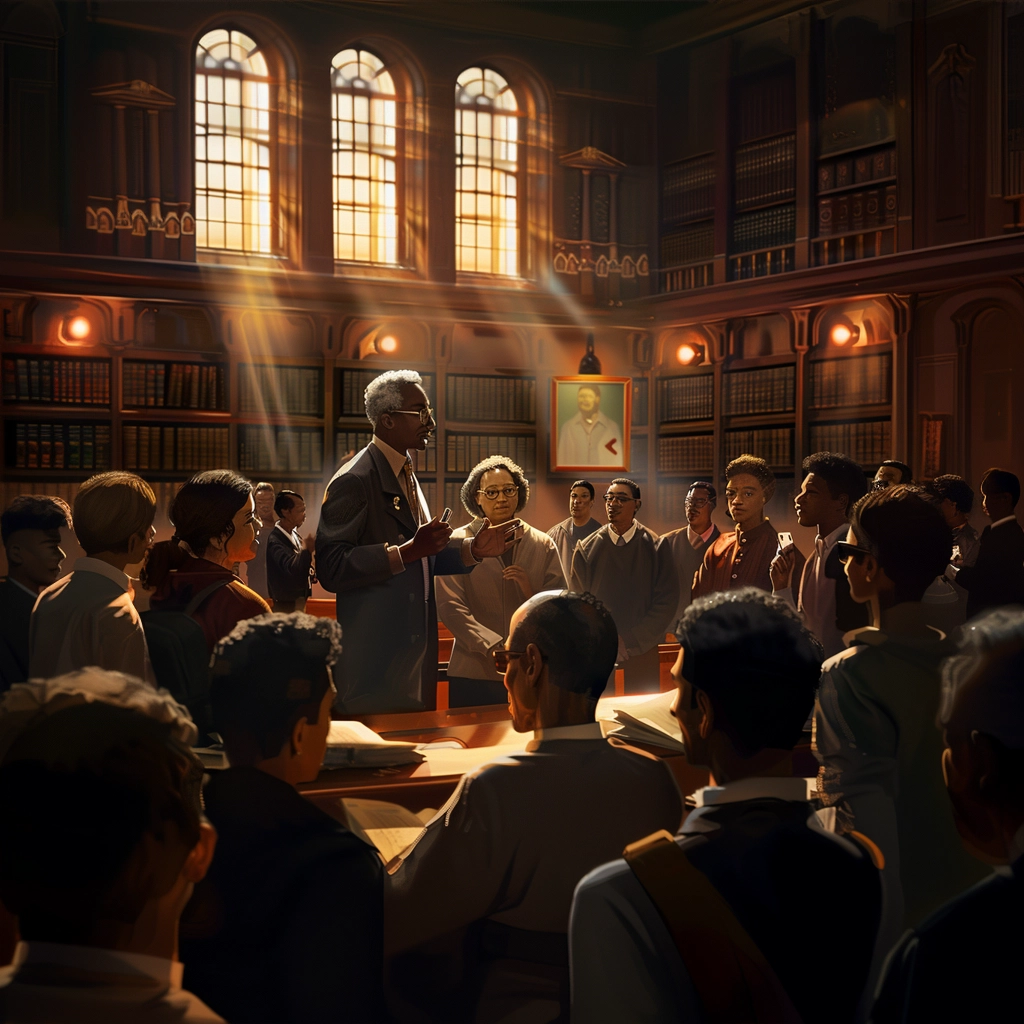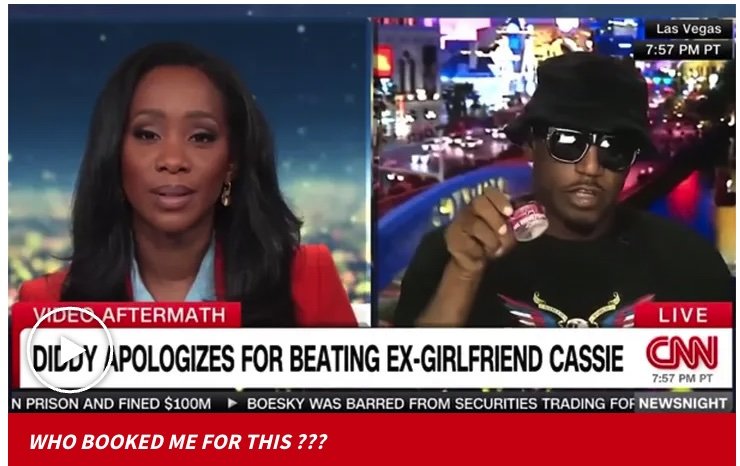Understanding DEI Opposition in Academia Through the 4 Ds Framework
First they came for the Communists
And I did not speak out
Because I was not a Communist
Then they came for the Socialists
And I did not speak out
Because I was not a Socialist
Then they came for the trade unionists
And I did not speak out
Because I was not a trade unionist
Then they came for the Jews
And I did not speak out
Because I was not a Jew
Then they came for me
And there was no one left
To speak out for me
– Pastor Martin Niemoller

Introduction
In recent years, discussions around diversity, equity, and inclusion (DEI) have intensified, especially within higher education. I recognize this as a proverbial third rail topic in some states, where there is a very real risk of personal and professional jeopardy. The stakes are too high to be a non-participant spectator, and if history teaches us anything, the moment is always now to do the right thing and speak truth to power. It is not lost upon me and others how complicated this topic is, and it is wise to encourage caution against applying a strict “good and bad” binary approach to conversations, ideas, perspectives, and people, which runs the risk of oversimplifying these complex topics at the cost of another’s humanity and lived experience. Again, the stakes are too high not to be thoughtful, measured, and patient.
That said, as some states and a few public higher education institutions push back against DEI efforts, it’s crucial to recognize and understand the strategies used to undermine such initiatives. One framework that sheds light on these tactics is “The 4 Ds Framework” – Dismiss, Discredit, Demonize, and Destroy. These strategies, outlined by media mogul Byron Allen during his past legal battles, can also be applied to opposition against DEI efforts across many sectors of our society. This framework is also helpful in understanding leadership and specifically archetypes of leadership – who can and cannot in organizational environments.
The First D: Dismiss
Dismissal involves ignoring or trivializing most, if not all, related DEI initiatives, treating them as unnecessary, overblown, and/or in some cases, problematic in and of themselves. Problematic in the sense that some argue they can or do create the same dynamics the DEI efforts purport to challenge and aim to dismantle. A hypothetical scenario could involve a senior Asian higher education professional proposing a new program focused on Asian American history. The proposal might be quickly brushed aside by decision-makers who argue that existing history courses are “sufficient” and there’s no need to “dwell” on race, which can erode the relationships of people across racial and ethnic groups. To date, I have not seen much evidence of discussing the history of other topics accurately, in detail, and thoughtfully having a negative impact on relationships, but for some strange reason, only some topics are identified as taboo and have the suggested impact of eroding trust and good relationships across groups of people. For example, we often employ the recognized adage of “Never Forget” when referring to the tragic events of 9/11, the Vietnam War, and/or Pearl Harbor.
However, this discernment often fails to extend to other harrowing chapters of American history. Consider the poignant narrative captured in “The Hole in the Head: A Life Revealed,” which unfolded in Lyles Station, Indiana. In this small, predominantly African American community, Vertus Hardiman and other children became unwitting subjects of a devastating medical experiment, ostensibly receiving treatment for scalp fungus. Similar lapses in our collective memory and moral judgment surface when reflecting on the Tuskegee Experiments, the 1921 Tulsa Race Riots, or even the Ocoee Massacre of 1920, merely a stone’s throw from where I currently reside. It is crucial to confront these discrepancies head-on, pondering why our historical consciousness seems selectively attuned—acknowledging some atrocities while neglecting others. This selective remembrance not only distorts our understanding of the past but also undermines the integrity with which we honor it. For the sensitive readers, have your tissue boxes near if you choose to watch any of these documentaries. These are tools to remember to encourage us to be better, not to inject guilt. A popular social activist shared an insightful perspective on the difference between guilt and responsibility – there is a difference.
How would you advocate for the importance of specialized programs when faced with dismissal? Could highlighting student testimonials or research on educational outcomes help make your case?
“All truth passes through three stages: First, it is ridiculed; second, it is violently opposed; and third, it is accepted as self-evident.”
– Arthur Schopenhauer

The Second D: Discredit
To discredit means to attack the credibility of DEI efforts or the individuals behind them. In this framework, dismissive attitudes and actions can quickly evolve to actively discrediting initiatives and sometimes individuals. This is the first action to start, for lack of a better term, taking the legs out from under a perceived opponent. Imagine a scenario where a university’s DEI initiatives are criticized by external stakeholders claiming they promote “division” rather than unity. The professional leading these efforts might then face personal attacks aimed at undermining their expertise and intentions. A time-old strategy to dilute a voice is to successfully get others not to listen to that voice, and a successful approach to getting people to tune someone out is starting the narrative that they are unhinged, paranoid, angry, incompetent, dangerous—just to name a few sub-strategies to discredit a source..
A timely example of this could be the recent events around the highly publicized ouster of the then newly seated Harvard University’s first Black and second female president, Dr. Claudine Gay. It is debated whether her ouster was in part due to opposition to DEI and perceived appointments based on quotas—a part of the contentious debate we are seeing from multiple philosophical camps with DEI at the center. Dr. Gay addressed her unceremonious resignation in her own words—what she believes was the real reason rather than the espoused reason put forth by her critics. Ultimately, it is up to the individual to determine if the alleged and/or proven infractions were worthy of the punishment. For those who say yes, know that another door opens where comparisons of infractions and punishments for other leaders, past and present, may not be consistent and called into account.
How can you maintain your professional integrity and ensure the continued support for DEI initiatives when facing personal and professional attacks aimed at discrediting you and your work?

The Third D: Demonize
Demonizing takes discrediting a step further by painting DEI initiatives as harmful or dangerous. This strategy is pretty difficult not to clearly identify and point to in today’s social discourse around education. In our hypothetical example, opponents might argue that focusing on Black history or DEI is “indoctrination” that threatens traditional values. These claims could be amplified through social media, putting additional pressure on the institution.
From book bans to wholesale elimination of academic programs on higher education campuses, we see very unveiled and blatant efforts to introduce the narrative that teaching kids about US Slavery has a deleterious impact on the psychological and physical well-being of students. Rather, some contest and suggest telling revised stories of historical events and changing language to describe the lived experience of formerly enslaved people to servants or suggesting benefits to heinous acts of being bought, sold, and tortured for centuries in some ways imparted meaningful life skills on those subjected to it are a better course of action for the health and well-being of our country. I cannot find this argument applied to any other gruesome events in US history outside of the historical experience of the Black diaspora in and outside of the US. From an academic point of view, this would be quite fascinating if not so dangerous and spiritually disconcerting.
In the face of demonization, how can you effectively communicate the value of DEI initiatives and counteract misinformation? What strategies could you use to engage with critics constructively?
The Fourth D: Destroy
The final D, destroy, involves taking active steps to dismantle DEI efforts. This could mean cutting funding for related programs, removing courses from curricula, or enacting policies that limit the teaching of Black history. For our senior professional, this could represent a significant setback requiring them to find new ways to sustain these initiatives through external funding or partnerships.
The “Destroy” phase in dismantling Diversity, Equity, and Inclusion (DEI) initiatives is highly detrimental, involving actions like cutting funding, removing related courses, or restricting teaching of critical histories such as Black history. Such steps erode inclusivity, making marginalized groups feel unsafe and potentially increasing discrimination. This erosion also diminishes the quality of education by limiting exposure to diverse perspectives, crucial for developing cultural competence and critical thinking. Organizations that dismantle DEI efforts risk significant reputation damage, as stakeholders may view these actions as regressive. There are also legal and compliance risks associated with ignoring equity mandates, which could lead to penalties or loss of accreditation. Economically, diversity drives innovation and problem-solving, so reducing DEI efforts can impact competitiveness and success.
What alternative strategies might you explore to preserve and advance DEI initiatives if faced with efforts to destroy them? Could forming coalitions or leveraging community support offer a path forward?
Conclusion
“The 4 Ds” framework provides a lens through which we can view the challenges facing DEI efforts in the U.S. as of recent, especially in environments hostile to these initiatives. By understanding arguments from all sides and reflecting on potential counterstrategies, advocates of DEI can better prepare to engage in these complex conversations across different stakeholders.







